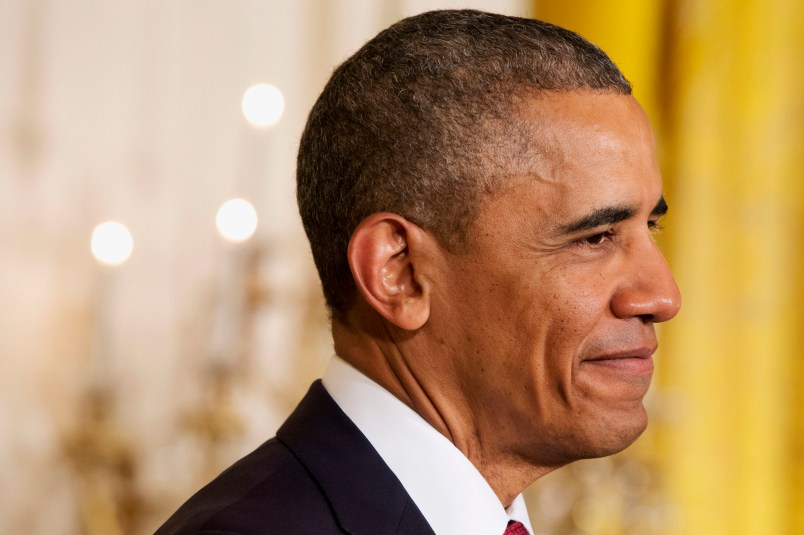Taken in the aggregate, Obamacare premiums for the 34 states using Healthcre.gov are almost completely level in 2015 compared to 2014, according to a new analysis from Avalere Health.
That comes with a lot of caveats. Premium changes vary widely from state to state, and individual consumers who are re-enrolling might need to shop around to avoid substantial spikes in what they pay next year.
On average, premiums for the cheapest bronze-level plan, which covers 70 percent of medical costs, available to a 50-year-old non-smoker increased by 3 percent, according to Avalere. For the cheapest silver-level plan, which covers 70 percent of costs, premiums increased by 4 percent.
Depending on the state, though, the change in premiums ranges from a 28-percent increase in Alaska to a 19-percent decrease in Mississippi.
For context, as CNBC reported in July, the average premium increase in the individual market from 2008 to 2010, prior to the law, was more than 10 percent.
The overall picture means that a new Obamacare enrollee will pay about the same for their coverage as new enrollees last year. But, as experts have been warning for months now, the situation is more complicated for those re-enrolling in coverage.
That’s a result of how the law’s tax subsidies, which more than 80 percent of enrollees received last year, work. They are based on the second-cheapest silver plan, known as a benchmark, which can change from year to year. If the cost of the benchmark plan stays the same, but the price of a person’s particular plan goes up, they could end up paying more for their coverage even if they are enrolled in the same plan as last year.
Avalere estimated that only 13 percent of areas covered by HealthCare.gov would have the same benchmark plan as they did in 2014. So that means that consumers should shop around to make sure their premiums don’t spike, even though the Obama administration has set up an auto-renewal option.
“While automatic renewal could increase continuity of care for many consumers, many enrollees will be better off shopping and comparing again in 2015,” Caroline Pearson, vice president at Avalere Health, said in a statement.







Cue the ® bullhorning of ‘RATE INCREASES!’ in 3…2…1.
Which will be what TV watchers will be served by the MSM.
I’d love to know the amount saved over the past 12 months
due to the ACA effect of tamping down ER freerider costs.
jw1
The NYT did an incredibly great piece about a week ago called Is the ACA working and they broke it down by category. If I find it, I will link it. It was a very honest piece covering all issues and one thing that struck me was it is true that many who had policies before with higher premiums, were forced into policies with very high deductibles and lower premiums, but because of the higher deductibles, and higher co-pays, the ended up paying more money than before.
Thanks for the heads-up Chammy-- I found it immediately!
Here’s the link:
A quick glance shows several heartening overviews.
jw1